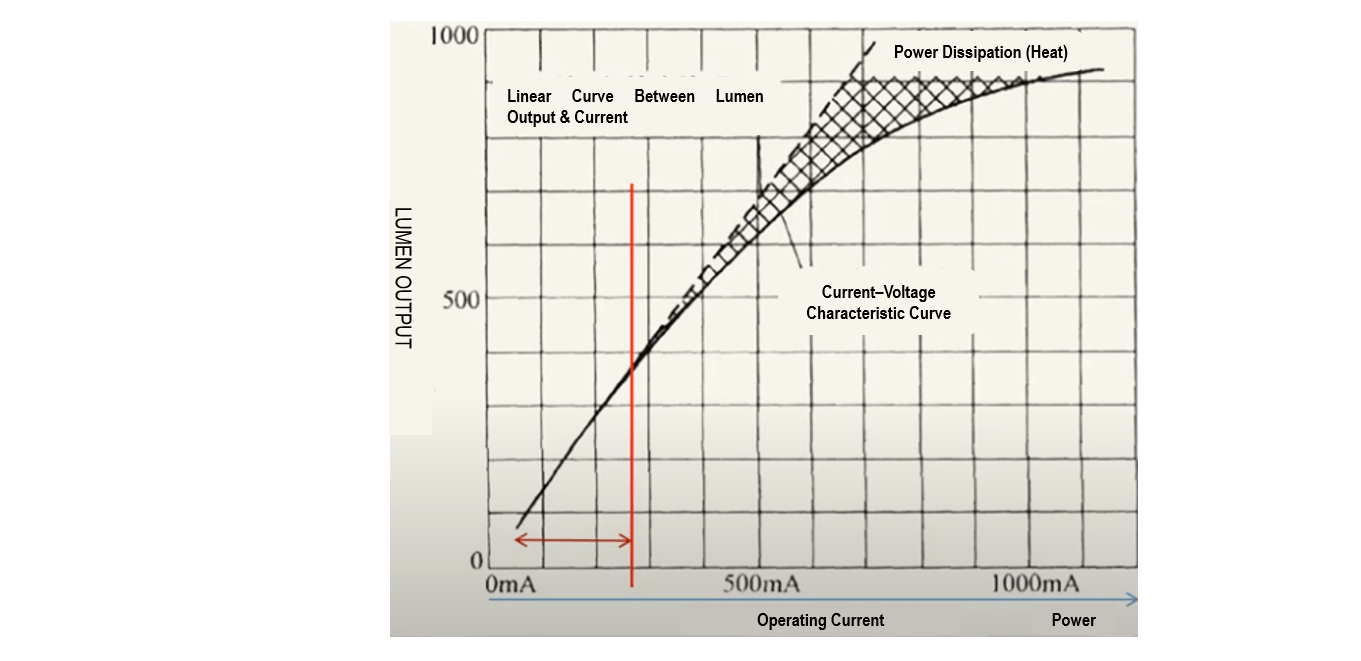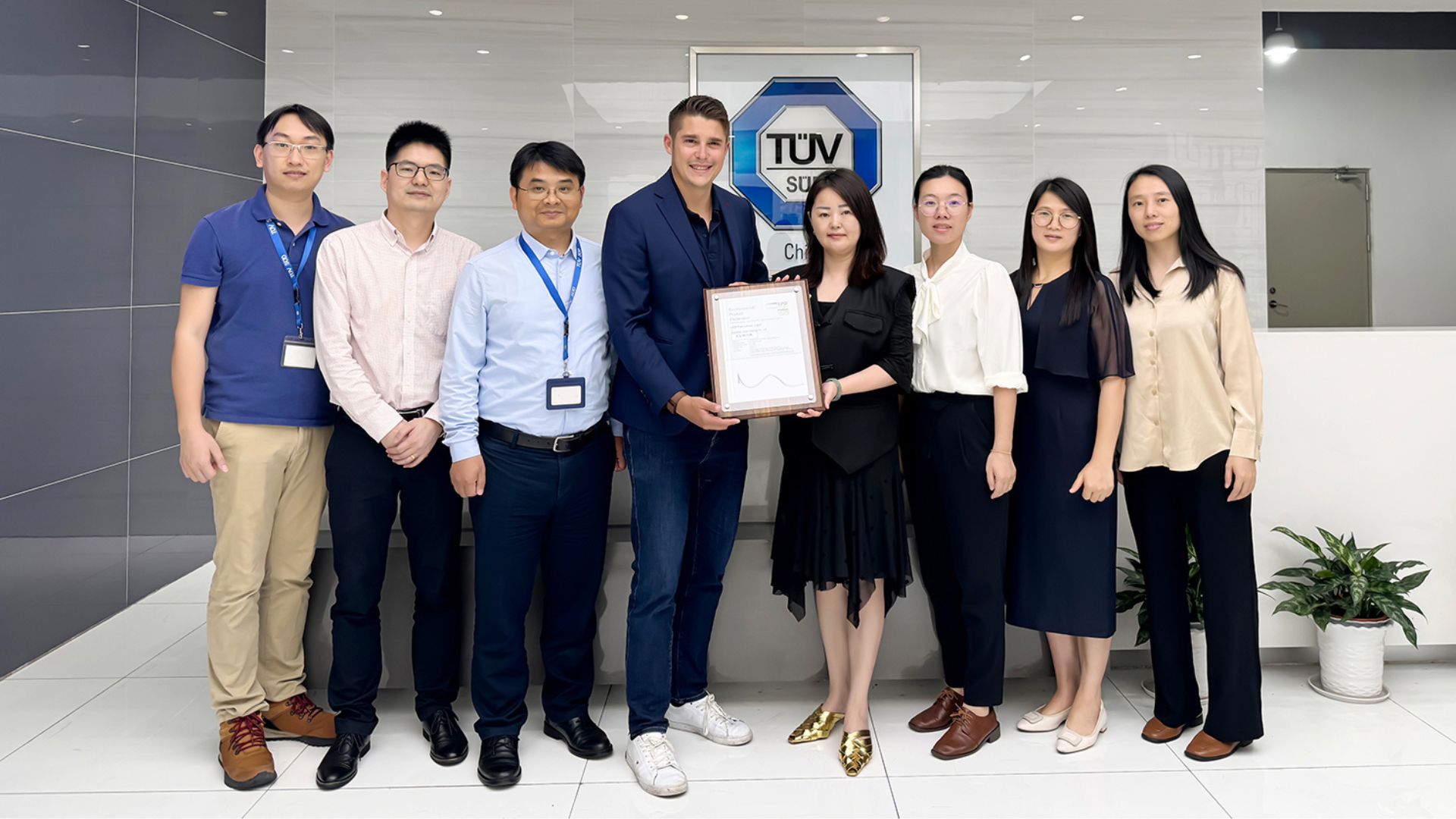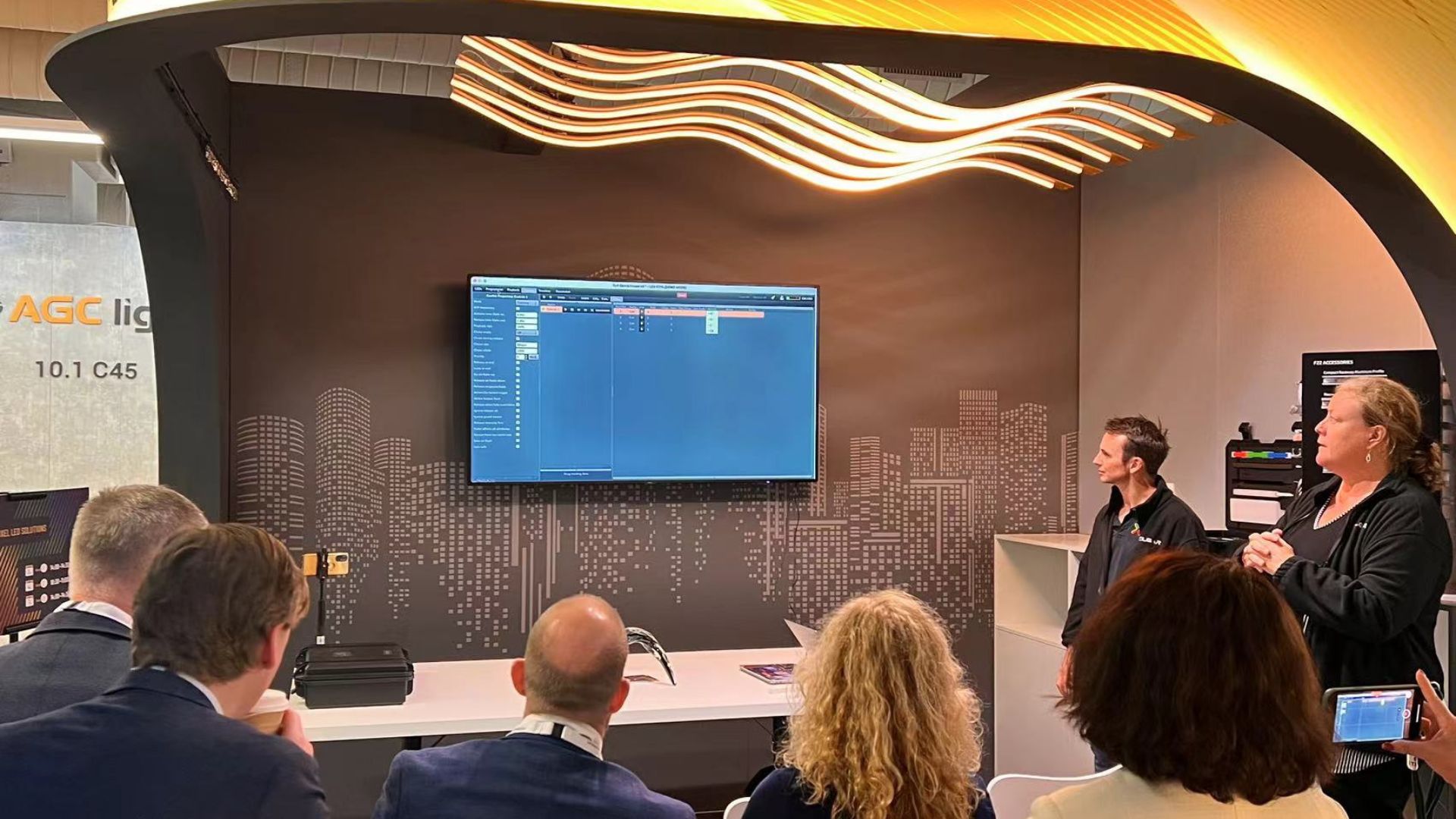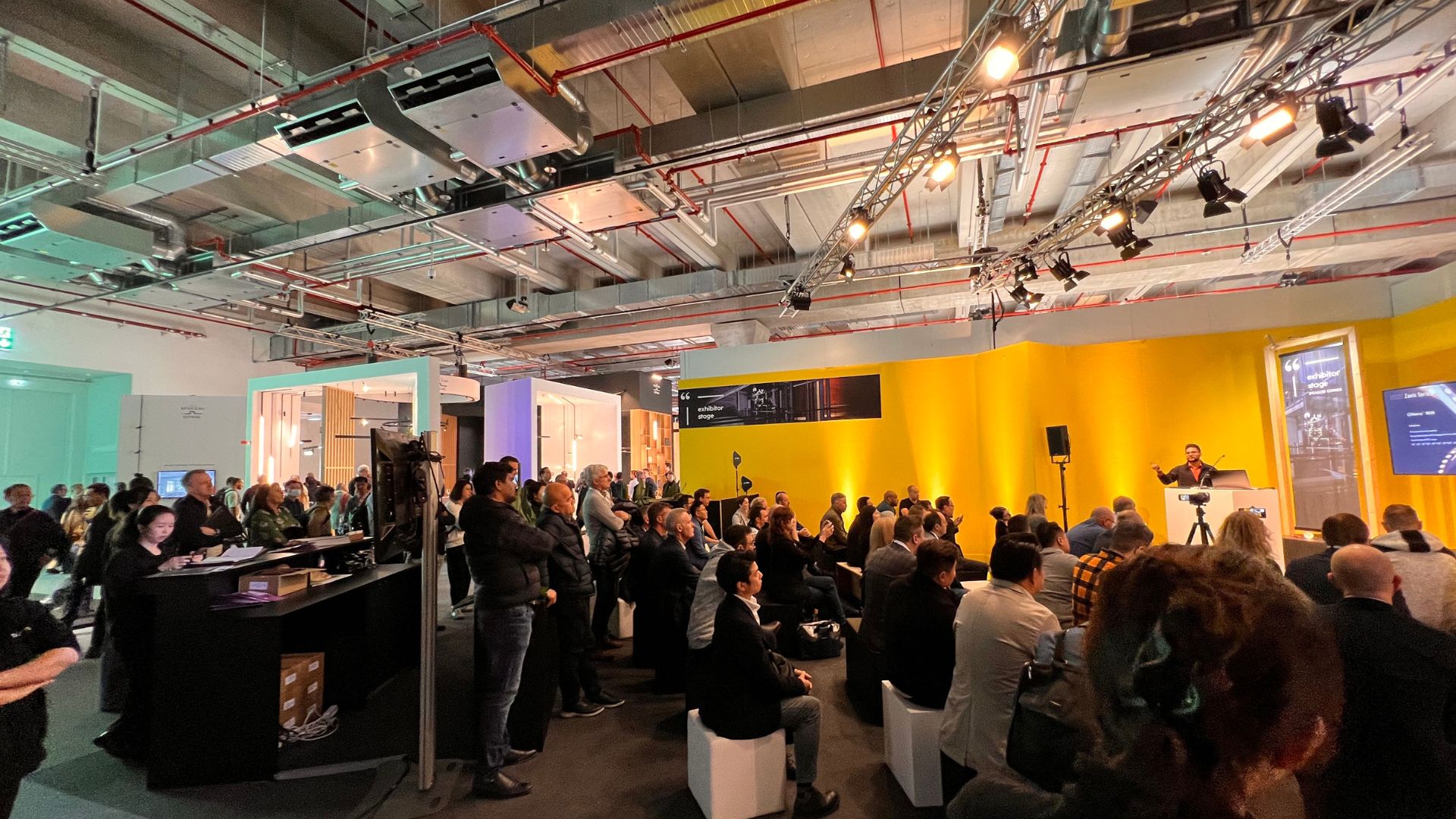Last Updated on 5 months by meredith.wang
How to Measure Brightness?
Lumens (lm) are the unit of measurement to quantify the amount of visible light the human eye can see. The higher the lumen output, the ‘brighter’ or higher intensity the light source; the lower the lumen output, the less bright or lower intensity the light source. Lumens are what you should be after when considering buying light fixtures. Whereas watts simply determine a light’s energy consumption.
Factors That Can Affect the Brightness of an LED Flex Light
Power
1. Power
Usually, brightness (lumens) and power (watts) of LED lights are related, namely, the higher the brightness, the greater the power. A balance needs to be stricken between the power of LED lights and their brightness and luminous efficiency. Within a certain range, LED brightness is directly proportional to the power. As the power of neon strips increases, so does the lumen output.
Beyond this range, it is no longer the case. That is because higher power also brings up more heat, which could result in less brightness. How long the light takes to dissipate the heat depends on its surface area. So if the surface area stays the same and the power keeps rising, the light’s ability to dissipate heat will be accordingly compromised.
Lumen Output for Power Increase

2. LED Specification
- LEDs Brands
Different brands of LEDs with the same power may have higher or lower lumens. The linear range of power and brightness can be wide or narrow (shown in the figure above).
- LED Density & Size
Theoretically, the higher the density of LED lights, the greater the brightness. When you have a specific light size, such as SMD 2038 or 5050, the density is also limited. Note that there are other components on PCB need to be considered such as constant voltage chips, constant current chips, among other functional chips.
3. Internal Optics Design
The inner light mixing area of the strip, the light-shielding layer, and the outer light-emitting surface. The shape design of the light makes use of the refraction of light to maximize its dispersion to the outside.
4. Light Transmission
The higher the light transmittance of the material, the greater the brightness. For neon lights, the higher the light transmission, the more visible light spots become. If you want the good neon light effect, you need to appropriately reduce the light transmission, which will also reduce the lumens.
5. Heat Dissipation
Adding copper belts increases the current carrying capacity, thus greater brightness, and faster heat dissipation. While LED strip lights don’t generate much heat compared to other types of lights, it can affect brightness. For a number of reasons, LED lights can overheat and thus dim. In addition, the outer shell or transparent covering of the strip will turn yellow due to heat, which makes the light appear less bright.
Summary
There are many ways to increase the light intensity, but brighter doesn’t always mean better because there are many things to consider such as budget, heat dissipation. Better brightness come with higher cost control, which will put off users.



